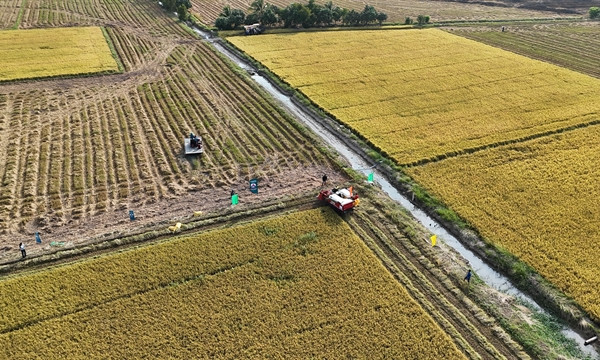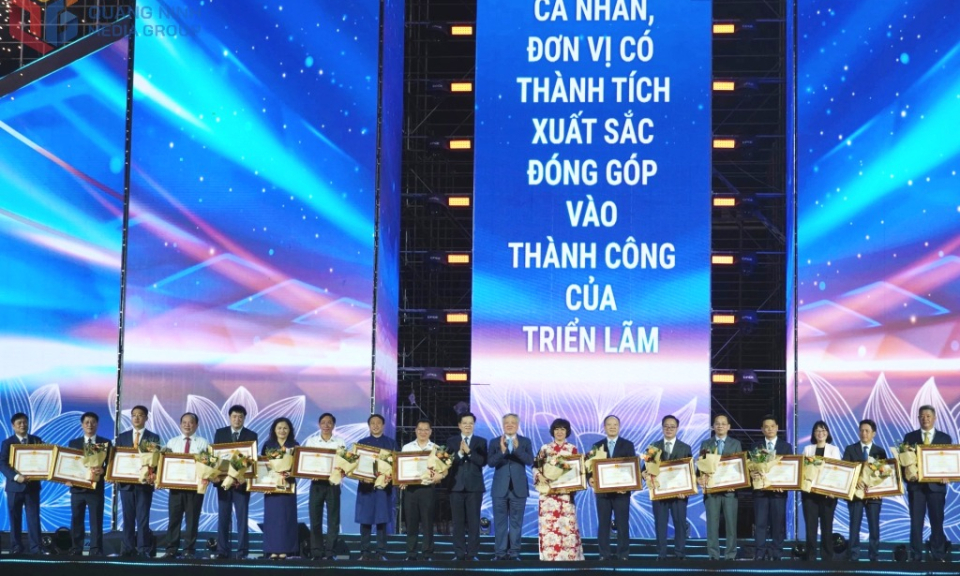Electronic payment continues to flourish in Việt Nam
Payment transactions via QR code are increasingly popular in Việt Nam while ATM transactions are decreasing in both quantity and value.
The trend of electronic and non-cash payments in the Vietnamese economy in 2023 continued to record growth of 52.35 per cent in volume over the same period last year.
Data released late last week by the State Bank of Vietnam (SBV) showed payment transactions via QR code are increasingly popular in Việt Nam while ATM transactions are decreasing in both quantity and value.
Accordingly, transactions via Internet channels in the first five months of 2023 increased by 75.54 per cent in quantity and 1.77 per cent in value and the rise for transactions via mobile channels rose by 64.26 per cent in quantity and 7.65 per cent in quantity. Notably, transactions via QR code surged by 151.14 per cent and 30.41 per cent in volume and value, while transactions via POS also increased by 30.35 per cent and 27.27 per cent in volume and value, respectively.
Meanwhile, transactions made via ATM in the period decreased by 4.62 per cent in quantity and 6.43 per cent in value, reflecting the trend of shifting to electronic and non-cash payments.
To promote the trend of electronic and non-cash payment, the SBV has continued to streamline the legal framework for payment activities and bank digital transformation. At commercial banks, investment activities for digital transformation and digital payment have been also increasingly promoted with updated applications of new versions.
According to the SBV, some commercial banks have so far provided loans electronically and approved online lending documents.
Phạm Anh Tuấn, Director of the SBV’s Payment Department, said the SBV had completed the amendment of Circular 39, which supplements lending activities through the use of electronic means, which will be issued in the near future.
Though appearing many years ago, payments by QR code have become more popular recently in Việt Nam, penetrating businesses around the country - seemingly all at once.
This change is partly the result of the Government’s efforts to promote digital transformation and cashless payments over the past few years and partly due to changes in consumers’ shopping habits.
QR payments are receiving the support of the whole of society. Banks and fintech organisations are actively participating in market expansion and increasing payment acceptance points. Most customers using the service are modern users who are more adaptable and easily accept new things.
Due to low investment costs and quick implementation, QR has quickly occupied a growing position in the global payments sector, and this success can be most clearly seen in China, where it has gradually replaced most traditional payment methods.






